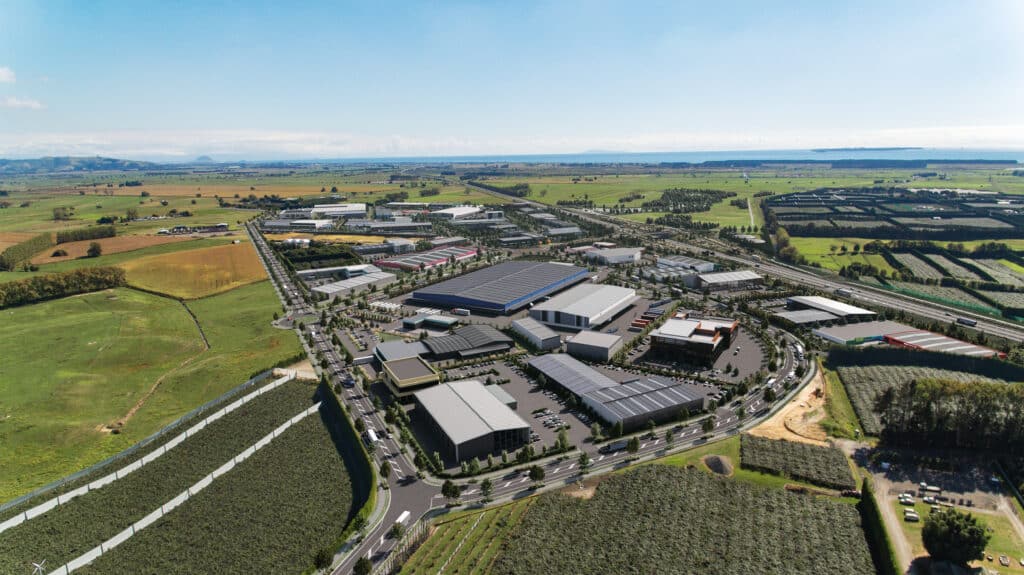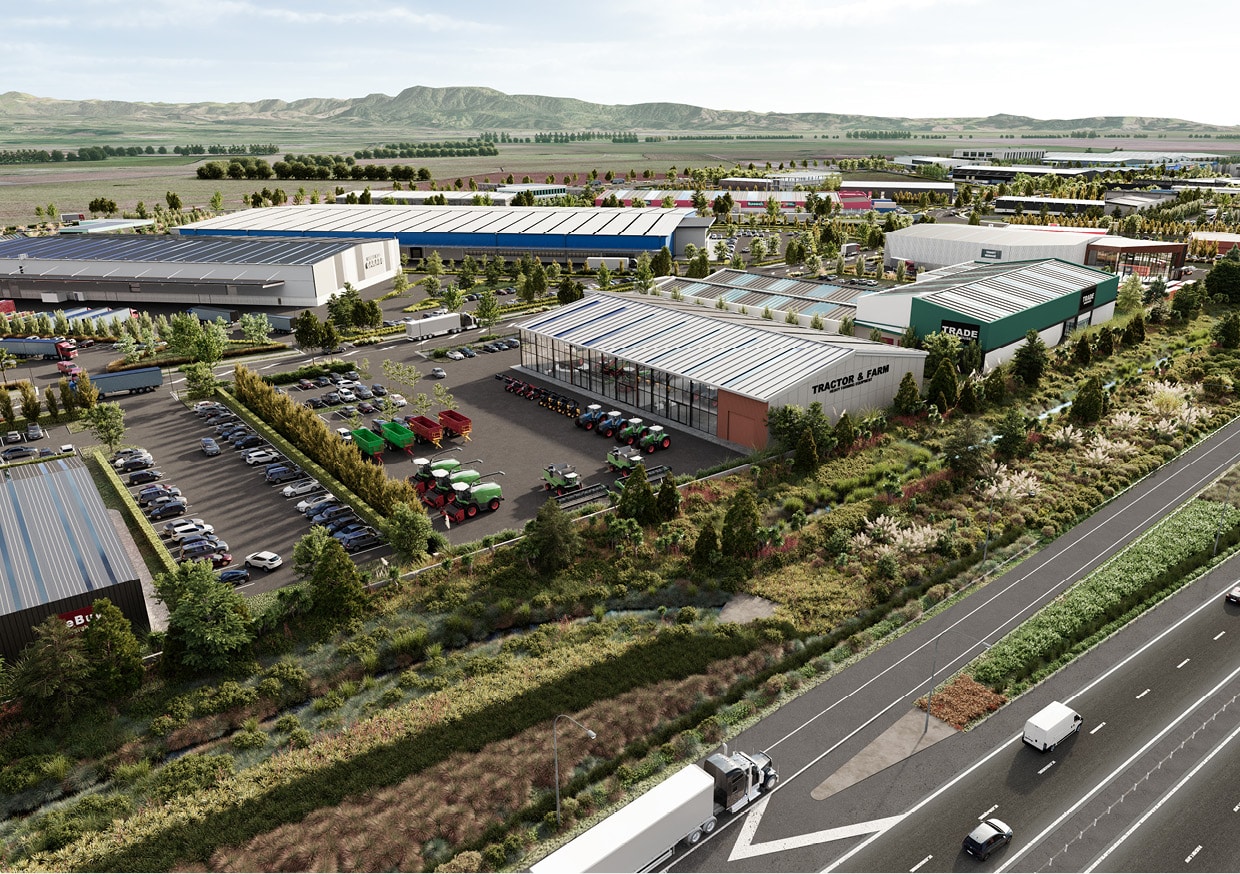SPONSORED POST
New Zealand faces a significant infrastructure deficit that has long hindered its economic growth and regional development. With an estimated $100 billion needed to close the nationwide infrastructure gap over the next decade, the challenge is particularly acute in the Bay of Plenty region, where industrial land vacancy rates been historically low in the Golden Triangle, reflecting a severe shortage exacerbated by Tauranga’s 30% population growth over the past decade.
Our infrastructure needs are growing increasingly complex. Projects such as rapid transit, housing, energy, and roading must now fulfil multiple functions, transforming activities across communities and businesses while contributing to social, economic, cultural, and environmental well-being on a significant scale. These large-scale, complex initiatives, often come with a huge price tag, require several years of planning and construction and involve collaboration among various groups including central government, local authorities and the private sector. It is clear, a new approach to planning, funding, procurement, and delivery is essential.
The Rangiuru Business Park, positioned in the heart of the Bay of Plenty, is a 20 year regional infrastructure project, that has been brought to life by Quayside Holdings, lead developer and investor. This planned 148-hectare industrial hub will alleviate some of the Bay of Plenty’s critical shortage of industrial land and is an enabler for businesses. Comprised of four development stages, the first stage covering approximately 15 hectares, is already being brought to market. This development is a response to immediate needs and is crafted with a long-term vision, positioning the Bay of Plenty as a central industrial and economic hub.
According to Lyndon Settle, CEO of Quayside Holdings, the Rangiuru Business Park exemplifies innovative thinking for tackling New Zealand’s infrastructure deficit. The project has involved securing numerous resource consents and engaging with over multiple stakeholders, including local authorities and iwi, to ensure comprehensive planning and support.
The Rangiuru Business Park has demonstrated the effectiveness of collaborative approaches in infrastructure development. The project has secured $18 million from the Central Government’s Provincial Growth Fund in 2020, which formed the catalyst for commencing works on the Tauranga Eastern Link motorway interchange, which connects the Business Park to State Highway 2. In addition, Quayside will fund 70% of the horizontal infrastructure for the Park, and continues to explore funding methods to help reduce barriers to entry for other developers, illustrating a multi-tiered financial approach.
The economic benefits of the Rangiuru Business Park are already becoming apparent. Once fully operational, the Park is expected to create approximately 4,000 new jobs, significantly contributing to the Bay of Plenty’s economy. The addition of new industrial land will address the region’s critical low vacancy rates and stimulate local economic growth.
Strategically located, adjacent to State Highway 2, just 25 kilometres from the Port of Tauranga and within the ‘Golden Triangle’ of Auckland – Hamilton – Tauranga, the Park offers excellent connectivity to major North Island and international markets, enhancing its attractiveness to potential tenants and driving further economic activity.

The Rangiuru Business Park has also been developed with a strong emphasis on environmental and cultural sustainability. A 50-hectare wetland has been established to manage stormwater and support ecological health, complemented by the planting of over 400,000 native plants. The partnership with Tapuika, who are mana whenua, has been instrumental in integrating cultural values into the Business Park’s development, resulting in a cultural masterplan that aligns with the region’s environmental and cultural priorities.
Infrastructure investors spend an average of $1.29 billion annually on consents, with a typical New Zealand project dedicating 5.5% of its total budget to this process. The time required for consents has increased by 150% over the past five years, and the cost as a proportion of the overall budget has risen by 70% in the last seven years. Addressing the cost and timeframe for contents is crucial for ensuring that future infrastructure projects can be delivered efficiently and effectively.
As New Zealand continues to grapple with infrastructure challenges, the Rangiuru Business Park forges ahead. This development demonstrates how strategic planning, collaborative relationships, and thoughtful integration of environmental and cultural considerations can overcome significant challenges and drive regional growth.
Western Bay of Plenty District Council CEO John Holyoake emphasises that the Rangiuru Business Park sets a new standard for future developments. The Park not only addresses current industrial land shortages but also serves as a catalyst for future economic growth and community development, reinforcing the Bay of Plenty’s role as a key player in New Zealand’s economic landscape.
For more information on the Rangiuru Business Park and its impact on the Bay of Plenty region, visit www.rangiuru.co.nz.
Position your company as an industry thought-leader
To find out more about sponsoring a post in Property Council’s publications, please click here.

